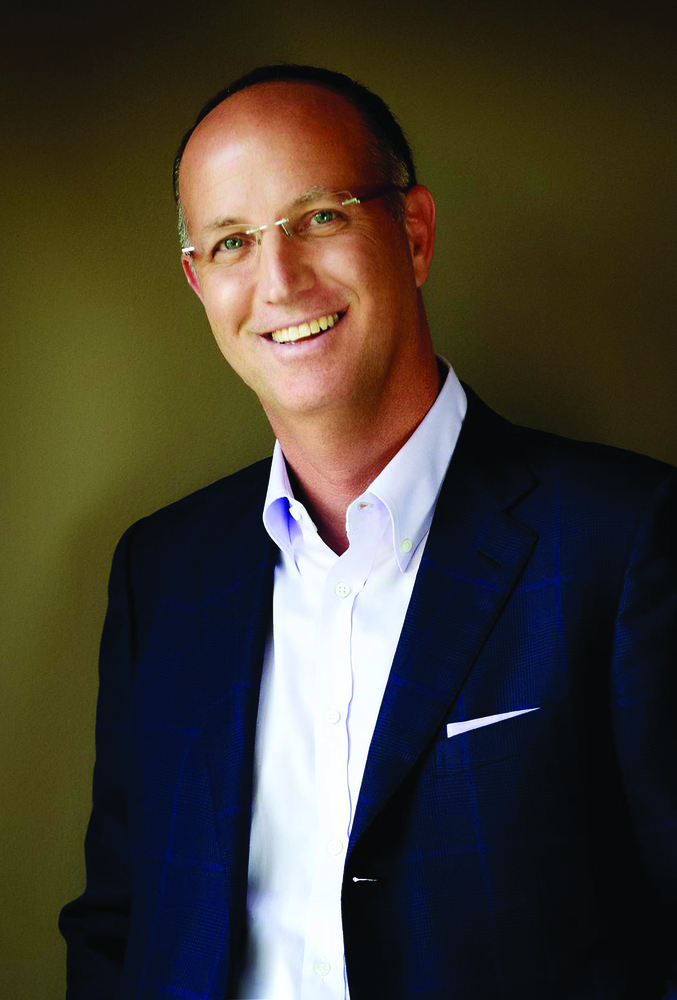Firm Management
Thoughts on Building Your Business…From Someone Who’s Been Through It
I’ve spent the last 30 years running my accounting firm. During many of the early years, I worked as a technician, performing a lot of the day-to-day work myself. When I took over the position of Executive Editor for the CPA Practice Advisor and simultaneously launched the consulting arm of my firm, I knew I had to relinquish some control.
Oct. 29, 2012

From the Nov. 2012 Issue.
I’ve spent the last 30 years running my accounting firm. During many of the early years, I worked as a technician, performing a lot of the day-to-day work myself. When I took over the position of Executive Editor for the CPA Practice Advisor and simultaneously launched the consulting arm of my firm, I knew I had to relinquish some control.
There simply weren’t enough hours in the day. So, for the past few years, my focus has been on transforming my firm into a well-oiled, technology-driven business—one in which my primary role is to oversee operations (the Big Picture) and is no longer about performing client work.
On top of my roles at the magazine and with my consulting firm (RootWorks), I will also tell you that I travel roughly 100 days out of the year facilitating workshops and presentations for national conferences, hosting RootWorks events, and consulting with vendors. Imagine taking yourself out of your office for 100 days each year.
Would your firm be able to not only survive but to also thrive? From experience, I can tell you that no one can operate a highly successful firm if your business model depends on you to perform and deliver client work.
One of the things I realized long before I began traveling was that I didn’t want a firm that depended primarily on my lone skill set. When I present to peer firms, my message is centered on creating a sound business model, and then educating staff to execute that model. Most of us go into public practice because we are skilled at performing tax and accounting work, so then that becomes the “business model.”
What needs to happen is that firm leaders identify their core competencies and then build a model that is “transferrable.” In other words, you need to create a model that does not rely on you to provide and perform services.
When services are built around the small firm partner, the partner will always be completely consumed by technician work. If this sounds familiar and you often feel consumed by day-to-day tasks, you are not working from a transferrable business model. And, if you are entrenched in daily work, then you likely feel even more overwhelmed by the rapid rate of change in the profession. In other words, it’s impossible to keep up with it all. It’s a vicious cycle, but you can escape it. Consider the following guidelines.
First, each small firm business model needs to include services that are routine and can be delivered by your staff. Whether these services include payroll, monthly write-up, or bookkeeping services, you need to produce a menu of offerings that create recurring revenue for the firm and that do NOT require you.
Second, your model should include services that represent your core competencies. These are services that you perform exceptionally well and like to do. These services may depend on you a bit, at least at the beginning, but are transferrable to your staff moving forward.
It’s the “routine” services that provide you the cash flow to hire the qualified professionals needed to perform the work. The strength I brought to my firm was in the tax area. I built my firm around tax early on, but over time, I realized I needed to build a business model that included the routine services that brought in a regular stream of cash and could be handed over to my staff to perform.
I had to come to an understanding of what it meant to “run a firm.” I now know that it’s about running a business, not just providing technician services. It’s only after I came to this conclusion that I was able to transform my firm into a highly efficient business—which offers me the time I need to travel 100 or more days per year.
Don’t get me wrong. Making this transition is not a “no brainer.” It takes research, time, and a lot of determination. However, I can tell you that if I can do it, so can you. The time has come to give up control of the day-to-day and become a true leader in your business.
